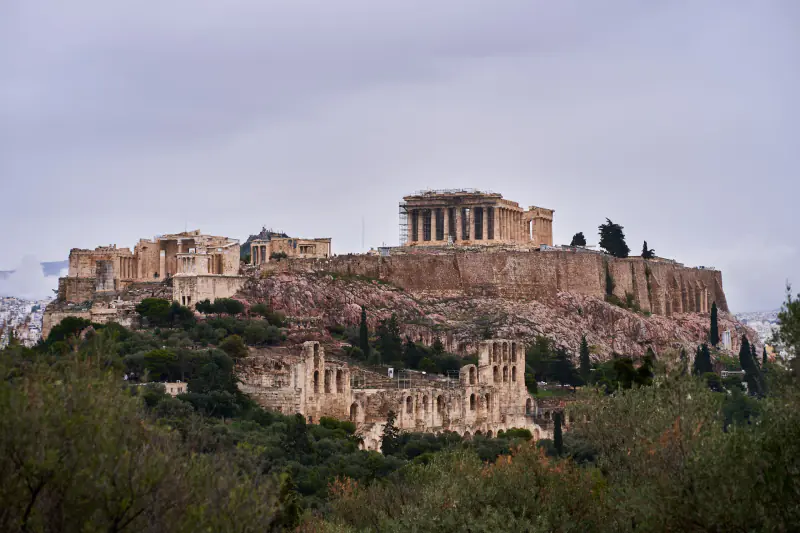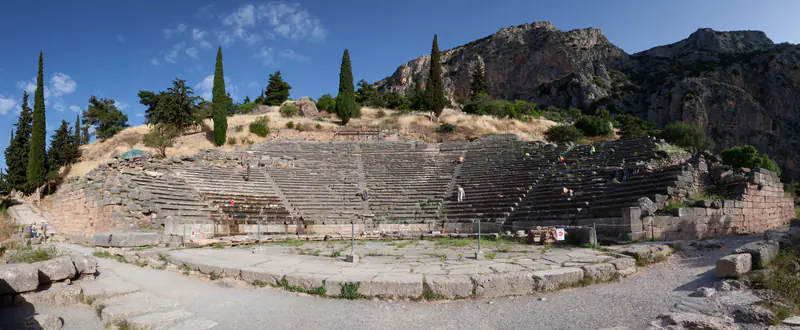UNESCO World Heritage Sites in Greece
Heritage Overview
Greece's UNESCO World Heritage sites represent one of the most concentrated collections of ancient monuments and archaeological treasures in the world, reflecting millennia of human achievement and cultural development. From the birthplace of Western civilisation to Byzantine monasteries perched atop dramatic rock formations, the country's heritage encompasses extraordinary diversity across cultural and historical periods. The ancient Greek legacy dominates the heritage landscape, with sanctuaries, temples, and archaeological sites preserving the architectural and philosophical foundations that shaped European culture. Classical ruins demonstrate sophisticated engineering, artistic mastery, and urban planning that influenced civilisations across continents. Byzantine and medieval heritage adds layers of religious significance and architectural innovation to Greece's cultural tapestry. Mixed natural and cultural sites showcase the harmonious relationship between human settlement and dramatic Mediterranean landscapes. Monastic communities established in remote, precipitous locations exemplify spiritual devotion whilst highlighting remarkable geological features. Each site contributes to understanding ancient Mediterranean civilisations, religious traditions, and the evolution of European arts, philosophy, and governance throughout antiquity and beyond.
Essential Information
Visa Requirements
Greece is part of the European Union and Schengen Area. EU, EEA, and Swiss citizens can enter freely with valid identification. Visitors from many countries including the United States, Canada, Australia, and Japan can stay up to 90 days within 180 days without a visa. From 2026, travellers from visa-exempt countries will require ETIAS (European Travel Information and Authorisation System) authorisation before arrival, valid for three years at €7. Other nationalities should verify requirements with Greek consulates. Passports must be valid for at least three months beyond intended departure from the Schengen Area.
Currency
The official currency is the Euro (EUR), adopted in 2002. Credit and debit cards (Visa, Mastercard, Maestro) are widely accepted in cities, hotels, restaurants, and tourist areas, with chip-and-PIN systems standard. ATMs are plentiful in urban areas and islands, though they typically charge €2-4 withdrawal fees with limits around €600 daily. Cash remains important for smaller villages, remote destinations, and minor islands where card acceptance may be limited. Since April 2024, all Greek taxis must accept card payments. Always withdraw in local currency rather than accepting dynamic currency conversion for better rates.
Language
The official language is Greek, using its distinctive alphabet and written script. English proficiency is widespread, with over 51% of the population speaking some English, particularly amongst younger generations and tourism professionals. English is taught as a mandatory second language throughout the education system. Urban areas and popular tourist destinations have high English proficiency, whilst rural areas may have more limited usage but basic communication remains possible. Signage, menus, and public transport information typically appear in both Greek and English. Learning basic Greek phrases (kalimera for hello, efcharistó for thank you) is appreciated by locals.
Climate
Greece enjoys a predominantly Mediterranean climate with hot, dry summers and mild, wet winters. Northern regions experience continental influences with colder winters, occasionally dropping below freezing, whilst southern areas remain mild year-round. Summer temperatures typically exceed 30°C, sometimes reaching 40°C, with minimal rainfall. Winter brings most annual precipitation, concentrated between November and March. Spring (April-June) and autumn (September-October) offer ideal conditions for heritage site visits, with comfortable temperatures ranging 15-25°C and lower tourist numbers. Coastal areas benefit from sea breezes during summer, whilst mountain regions provide cooler alternatives. July and August see peak heat and tourist crowds.

